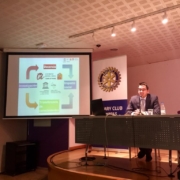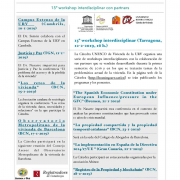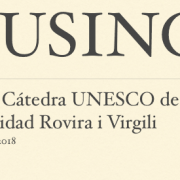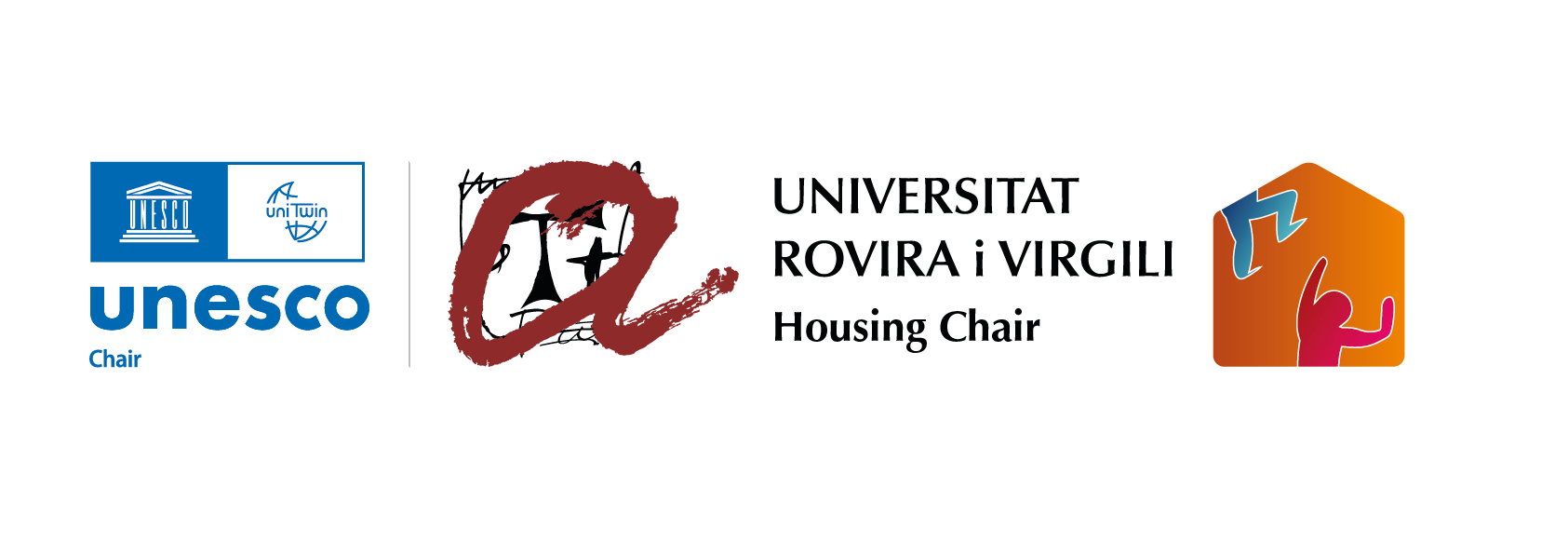The loss of a home can lead to major violations of a person’s dignity and human rights. Yet, evictions take place everyday in all countries across Europe. This book provides a comparative assessment of human rights, administrative, procedural and public policy norms, in the context of eviction, across a number of European jurisdictions. Through this comparison the book exposes the emergence of consistent, Europe-wide standards and norms.
With contributions from experts across Europe, the chapters provide an assessment of eviction procedures in 11 jurisdictions, including Germany, France, Spain, the Netherlands and the United Kingdom. Each chapter examines a number of factors relating to evictions in the respective jurisdiction, such as, the human rights and legal framework, nature and extent of evictions taking place, risk factors leading to evictions and relevant best practice guidance. All together, this book will make a significant contribution to the understanding of the similarities






